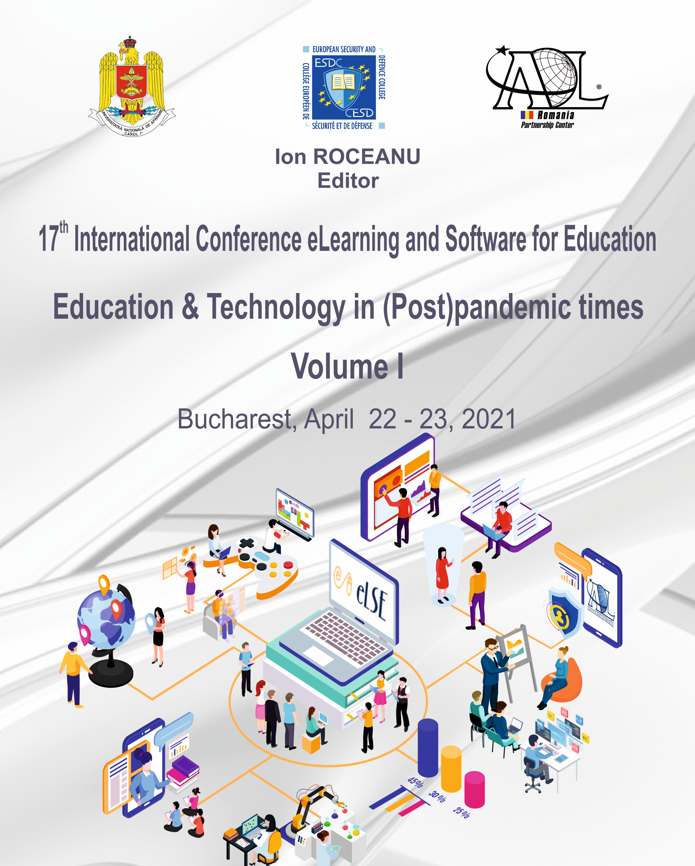AN ACADEMIC APPROACH TO THE PHUBBING BEHAVIOUR ANALYSIS: A CASE OF STUDENTS
AN ACADEMIC APPROACH TO THE PHUBBING BEHAVIOUR ANALYSIS: A CASE OF STUDENTS
Author(s): Nazime Tuncay, Burcu TokerSubject(s): Media studies, Higher Education , Social psychology and group interaction, Personality Psychology, ICT Information and Communications Technologies, Distance learning / e-learning
Published by: Carol I National Defence University Publishing House
Keywords: Phubbee; Phubber; Social Media; Smartphones; Students;
Summary/Abstract: In 21st Century, 'Phubbing' became a phenomenon that threatens belongingness, self-esteem, meaningful existence and control not only for adults' lives but also teenagers' lives. Although, the term "Phubbing" has been defined in various ways as modern communication in which a person snubs another in a social setting by concentrating on their phone instead of having a conversation, it still is not known by many people. Smartphones are widely used by adults as well as students. More than positive aspects of Smartphones we have lots of negative outcomes as a result of over usage of smartphones and interacting in the virtual world conversations instead of the real-world ones. They represent a real harm to face-to-face conversations. Students school life and social life is widely affected from the Smartphones. Over usage of Smartphones cause problems in their courses, they start to ignore people around them and thus they start to have problems in social life. In this research, a self determined questionnaire is prepared and distributed online to 138 randomly selected to students who are between the ages of 13-19 and to 138 randomly selected students who are between the ages of 18-22 with the aim of finding the difference among them in terms of the actions of being Phubbed and Phubbing. This study aims to find the difference between the phubbing and being phubbed tendencies of the students in the category teenager, between 13-19 years old, and the adolescent students, who are between 18-22 years old. The results are sure to provide good quid for the Technology-Enhanced Learning and will help to improve quality of life of students.
Journal: Conference proceedings of »eLearning and Software for Education« (eLSE)
- Issue Year: 17/2021
- Issue No: 01
- Page Range: 504-509
- Page Count: 6
- Language: English

